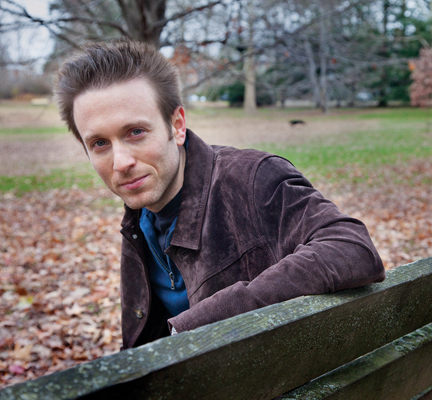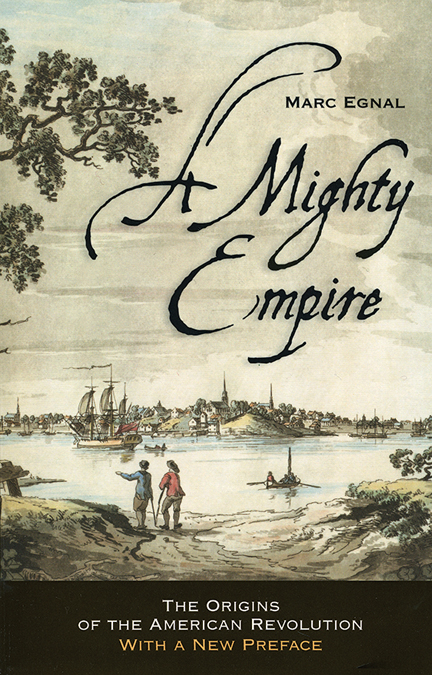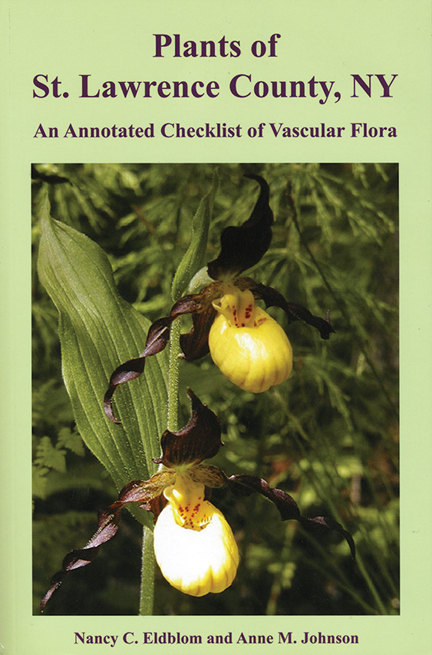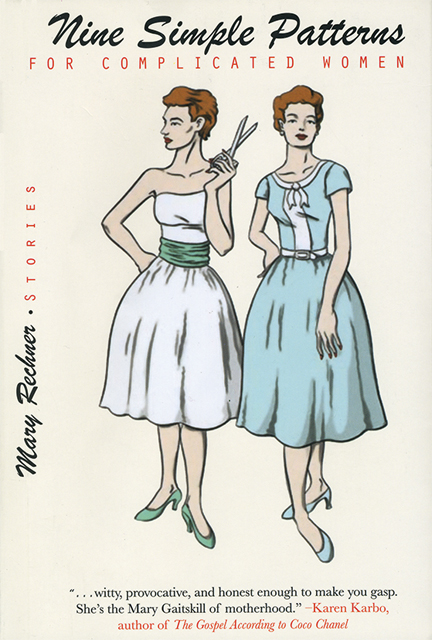Character, Whimsy, and Wonder
Justin Kramon ’02, Finny, Random House, 2010
 Justin Kramon ’02 was already an established fiction writer, with stories published in journals such as Glimmer Train and Story Quarterly, well before he began working on the novel Finny. Kramon attributes his early work on the novel to conversations with agents who urged him toward the longer form: “You talk to agents, and you’re saying, ‘Story, story, story,’ and they’re saying ‘Novel, novel, novel.’ But then, of course, I really fell in love with the project.”
Justin Kramon ’02 was already an established fiction writer, with stories published in journals such as Glimmer Train and Story Quarterly, well before he began working on the novel Finny. Kramon attributes his early work on the novel to conversations with agents who urged him toward the longer form: “You talk to agents, and you’re saying, ‘Story, story, story,’ and they’re saying ‘Novel, novel, novel.’ But then, of course, I really fell in love with the project.”
Fresh from a reading of David Copperfield, Kramon wondered what it would be like to write a modern bildungsroman, one that featured not a boy’s voyage into manhood, but rather a girl’s journey to self-awareness. Finny is the charming, engaging result—a novel that also poses interesting questions about the inevitable differences between the age of Dickens and our own.
Like Dickens, Kramon sketches a range of eccentric yet appealing minor characters—a narcoleptic pianist, a boarding-school house matron with a passion for Asian foods and culture, a depressed stripper turned hairdresser—and uses them to highlight his main character’s gradual development. More broadly, Kramon draws on 19th-century narrative patterns and assumptions: Like a Brontë or a Thomas Hardy heroine, Finny Short finds herself at odds with a culture to which she doesn’t quite belong—and Finny’s responses to people like her father and her headmistress help us see how very odd this world of ours is.
Finny “was a tough, rascally kid, with a plucky assurance, hair as red as a ripe tomato, a spray of freckles across her nose, and cheeks like she’d been splashed with mud.” In her staid and proper family, she’s a maverick, ever itching for a fight. Think of Roald Dahl’s Matilda, still in the wrong family, now 14 years old. Unlike Matilda’s father, Finny’s dad isn’t a crook, just a pompous ass, but in fact no one in her family is up to Finny’s verbal dexterity or her delight in the absurd. When her father proclaims at the dinner table that Rousseau, Jefferson, and Spinoza “all believed in the rational self-sufficiency of man,” her older brother asks in some confusion, “What’s a ‘rash on all selfs’?” and Finny laughs: “It’s what you have.” In Finny’s world, rationality can seem little more than an allergic response to family dynamics. No wonder her brother is interested in psychology.
As the novel goes on, Finny becomes less the quick-witted critic of her father’s hypocritical liberal quotations and more a character in search of her own identity. Yet despite Finny’s travels, her deep loyalties keep her emotionally close to home. Her first boyfriend (Earl) and her first female friend (Judith) both remain central to Finny’s story well into adulthood, perhaps because with these friends come other stories, other generic strands within the novel. Thus the bildungsroman of Finny’s life is eventually channeled between a satiric exploration of Judith’s wealthy, status-driven world, and a portrait of the artist as a young Earl.
Finny’s friendship with Judith exposes her to young people with enough wealth to grant them assurance, superficiality, and the power to harm. Judith’s world is obviously shaped by its wealth, but it seems to operate most explicitly through sexual excesses and cruelties. Given Finny’s character, the result is a little like Jude the Obscure meets Gossip Girl. Finny plays with exaggeration in many ways, but it’s telling that the sexual damage charted by the novel comes not from surreal, comic portrayal of extremes like bestiality and sado-masochism but from much smaller, more familiar domestic abuses and betrayals. Kramon recounts a woman’s experience of intercourse with uncanny precision and detail—the sex scenes range from the quaintly intimate to the deeply disturbing, but almost all compel belief.
Earl—driven by his own quests—first to reconstruct his family and then to become a writer, moves away from Finny and then returns, and the oscillations of their relationship force Finny to shape her own life within the void he leaves. Veering away from the New York strand of social satire, Kramon resists the obvious move of making Finny matter by virtue of a high-status career, yet at times I wish her narrative strand had more teleological drive to balance Kramon’s clear investment in the figure of the young writer. Finny is the heart of the novel, but as she grows at once more self-assured and more isolated, Kramon risks losing her significance in Earl’s more clear-cut trajectory.
Obviously a young writer himself, Kramon has had a degree of success Earl might well envy. He’s been recognized by the Michener-Copernicus Society of America, the Hawthornden International Writers’ Fellowship, and the Bogliasco Foundation. In an author interview on YouTube, Kramon remarks, “I always want my fiction to be more sympathetic, more open, more honest, and more loyal than I could be in my own life.” It’s no accident that these are precisely the adjectives—sympathetic, open, honest, loyal—that readers have used to describe Finny. For Kramon, “Books are maybe one of the closest things that adults have to the feelings that children have about things like snowstorms or maybe Christmas. […] Books and the ability to lose yourself in them bring [that sense of wonder] back a little bit.”
Justin Kramon’s debut novel is quite the achievement: a world populated by Dickensian caricatures while still grounded in its broader commitments to character, whimsy, and wonder.
—Elizabeth Bolton
Professor of English Literature
BOOKS
Peter Cohan ’79 and U. Srinivasa Rangan, Capital Rising: How Capital Flows Are Changing Business Systems All Over the World, Palgrave Macmillan, 2010. Using dozens of case studies, the authors demonstrate a new and sophisticated framework for understanding international capital flows, which they call the Entrepreneurial Ecosystem.
Elizabeth Cohen ’95, Semi-Citizenship in Democratic Politics, Cambridge University Press, 2009. This book introduces the concept of semi-citizenship as a means of advancing debates about individuals who hold some but not all elements of full democratic citizenship. Using theoretical analysis, historical examples, and contemporary cases of semi-citizenship, it illustrates how normative and governmental doctrines of citizenship converge and conflict, making semi-citizenship an enduring and inevitable part of democratic politics.
 Marc Egnal ’65, A Mighty Empire: The Origins of the American Revolution, Cornell University Press, 2010. The author examines the origins of the American Revolution, focusing on five colonies—Massachusetts, New York, Pennsylvania, Virginia, and South Carolina. In each of these, he analyzes the role of the upper-class “expansionist” faction in determining the vision and course of America’s struggle against Britain.
Marc Egnal ’65, A Mighty Empire: The Origins of the American Revolution, Cornell University Press, 2010. The author examines the origins of the American Revolution, focusing on five colonies—Massachusetts, New York, Pennsylvania, Virginia, and South Carolina. In each of these, he analyzes the role of the upper-class “expansionist” faction in determining the vision and course of America’s struggle against Britain.
W.D. Ehrhart ’73, The Bodies Beneath the Table, Adastra Press, 2010. In 41 poems, the author, a Vietnam War veteran, reflects on a diverse range of subject matter and themes, including love, war, and family.
Nancy Hickman Eldblom ’56 and Anne M. Johnson, Plants of St. Lawrence County, N.Y.: An Annotated Checklist of Vascular Flora, Bloated Toe Publishing, 2010. This work will serve as an important reference work for all who are interested in plants that range from the Adirondacks northward.
John Gastil ’89, E. Pierre Deess ’88, Philip J. Weiser ’90, and Cindy Simmons, The Jury and Democracy: How Jury Deliberation Promotes Civic Engagement and Political Participation, Oxford University Press, 2010. Using in-depth interviews and analyses of thousands of juror surveys and court and voting records, the authors illustrate how serving on a jury can change how citizens view themselves, their government, and their peers.
Josh Green ’92, The Idea Man: A Novel of Adventure, Friendship, and the Secret of Life, Lo’ihi Press, 2010. Aimed at 9-to-12–year–old readers, this book portrays fantastical adventures featuring an eccentric cast of characters and maybe even reveals the secret of life.
 Caren Irr ’87, Pink Pirates: Contemporary American Women Writers and Copyright, University of Iowa Press, 2010. The author examines the history of copyright from a feminist perspective, arguing that copyright has often, for feminist writers, invoked the “persistent exclusion of women from ownership.”
Caren Irr ’87, Pink Pirates: Contemporary American Women Writers and Copyright, University of Iowa Press, 2010. The author examines the history of copyright from a feminist perspective, arguing that copyright has often, for feminist writers, invoked the “persistent exclusion of women from ownership.”
D.H. Kerby ’86, A Year in Paris and an Ordeal in Bangkok: Collected Poems and Political Essays, CreateSpace, 2010. The author provides a poetic record of his sometimes-harrowing experiences around the world combined with political prose arguing for a more humane United States.
Jonathan Lippincott ’89, Large Scale: Fabricating Sculpture in the 1960s and 1970s, Princeton Architectural Press, 2010. The author writes about Lippincott Inc.’s role in the fabrication of large-scale sculpture during the 1960s and 1970s. He uses the meticulous records and photographs kept by his father, one of the company’s founders, and others to construct this photo-based history.
James McGuire ’79, Wealth, Health, and Democracy in East Asia and Latin America, Cambridge University Press, 2010. This book, which investigates the impact of democracy and specific policy programs on basic health issues, was chosen by Choice: Current Reviews for Academic Libraries as a Choice Outstanding Academic Title 2010 in the subfield “Economics.”
Jeffrey Miron ’79, Libertarianism From A to Z, Basic Books, 2010. This dictionary takes the reader beyond the mere surface of libertarian thought to reveal the philosophy’s underlying—and compelling—logic.
Rowan Ricardo Phillips ’96, When Blackness Rhymes with Blackness, Dalkey Archive Press, 2010. This collection of essays is concerned primarily with understanding the moods by which what we call African-American poetry works within and without, towards and against an allegorical sense of itself.
Mary Rechner ’90, Nine Simple Patterns for Complicated Women, Propeller Books, 2010. Through a series of short stories, the author captures the everyday narratives of nine women, their families, and their friends. She explores the interactions of marriage, family, sex, and career.
David Rowe ’92, Unsolicited Poems, Verna Press, 2010. This poetry collection includes odes to Whitman, Kerouac, Sam Cooke, Kandinsky, and Ray Charles as well as the author’s baby daughter, dead father, and “a lot of ex-girlfriends.”
 Email This Page
Email This Page
